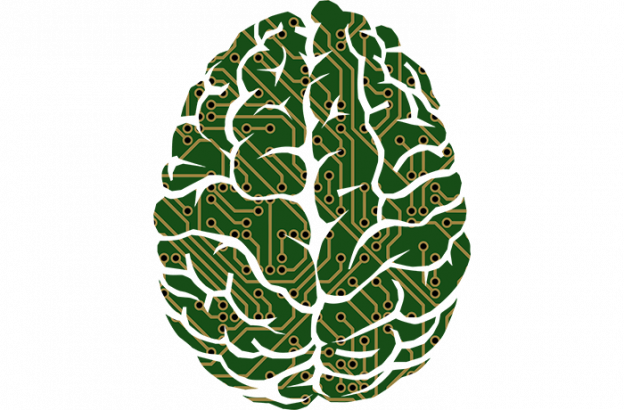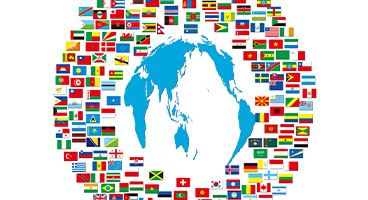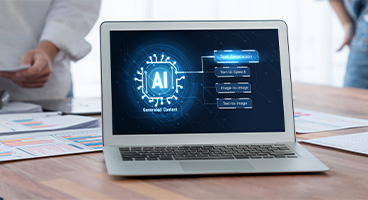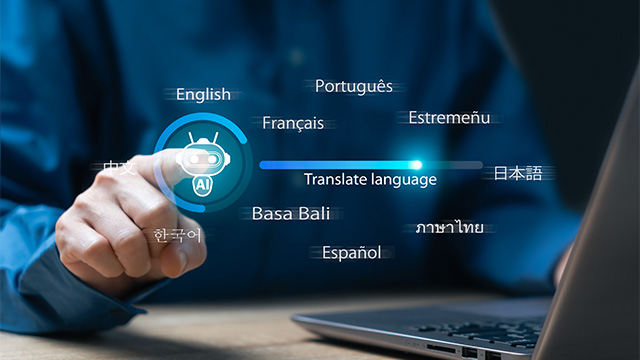Recently, there was news about errors in some parts of a certain dictionary that was revised for the first time in 10 years. I won't touch on the details of that news here, but as someone involved in document production, I am curious about the update process. I can imagine that correcting some content from a printed work of over 3,000 pages is quite a challenging task.
About 20 years ago, when you bought a mobile phone, it came with a thick manual. What about now? Recent smartphones only come with a thin tri-fold manual, and the content mainly consists of explanations using illustrations.
However, while the manual is not included in the smartphone box, in most cases, a manual app is pre-installed on the device. Alternatively, the manual may also be available online.
By publishing manuals on apps and the web, you can always provide the latest information, allowing you to respond to urgent corrections. This is a significant difference from printed materials.
However, even with the advancement of digitizing paper media, if you are to launch products globally, manuals in each language version are necessary. The more time you spend on this translation work, the later the release timing will be. Therefore, you must properly set the content release cycle. In this blog, we will introduce tips for shortening the release cycle.
- Table of Contents:
- 1. Stop providing in print and distribute via apps and the web
- 2. Start document creation in English
- 3. Minimize text and use icons as much as possible
- 4. Utilize Machine Translation
1. Stop providing in print and distribute via apps and the web

The technology that connects various objects to the Internet, known as the "IoT," is advancing rapidly. It has become possible to control lighting and lock mechanisms via devices such as mobile phones over the Internet. Isn't it true that product development is increasingly unable to progress without the Internet?
If the product is connected to the internet and has a display screen, how about limiting the delivery of manuals to in-product apps or the web? This would make it easier to update content and ensure that users always have access to the latest information. It would also allow for timely responses to unexpected modifications.
Of course, we must also consider the worst-case scenario. It is necessary to prepare an offline version in case there is no internet connection. However, if we can establish a system that provides the offline version seamlessly, it will not compromise the user experience.
2. Start document creation in English

Some Japanese companies are moving their offices or software development bases responsible for creating documents such as manuals to Asian regions like Singapore and Hong Kong.
For example, it seems that the aim is to accelerate the global release timing by changing the language flow of manual creation from "Japanese → English → Multilingual" to "English → Multilingual (including Japanese)".
This may vary depending on the main target country, but for products that are as important in overseas markets as they are in the Japanese market, this seems to be an effective approach.
3. Minimize text and use icons as much as possible

With the integration of the internet and smartphones into our lives, many words have become iconified. For example, it has become common to click/tap on "

" to return to the home screen, "

" to display the settings screen, and "

" when you want to search.
Depending on the complexity of the product, simplifying the functions and allowing the icons to convey everything could lead to a reduction in the word count within the manual.
4. Utilize Machine Translation
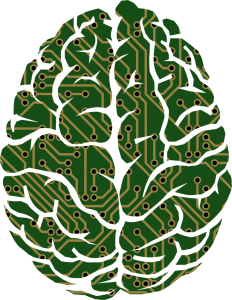
In recent years, AI has garnered significant attention, and it is expected that research and development in this field will continue to advance. Translation, like Go and Shogi, has been a subject of AI research for many years and is rapidly evolving day by day.
The three examples presented so far have brought significant changes to the content creation process, and at times may have felt unrealistic. On the other hand, this fourth example seems to be the easiest to implement.
For example, in American IT companies, machine translation of manuals/help content has been progressing for several years. It has become common to see disclaimers at the beginning of each article stating, "This page has been machine translated..."
This can be seen as a result of prioritizing the efficient and prompt delivery of information over making the content (translated text) easy to read.
Such movements can also be seen on general customer review pages and developer forums. This is a case of utilizing machine translation as a means to quickly gather information from customers.
If you can lower the priority of content readability and prioritize the speed of information provision (and collection), we recommend utilizing machine translation. By using the output from machine translation as is, you can instantly create multilingual content.
Speed is important, but if you want to maintain a certain level of readability, there is a process called "Machine Translation + Post-Editing." This method involves a translator/post-editor correcting the output from machine translation according to quality requirements. This approach allows for a reduction in the time required for translation while still achieving a certain quality of translation results.

Features of "Machine Translation" and "Machine Translation + Post-Editing"
If you are unsure about which type of machine translation to choose, or if you are worried about "
Is automatic translation secure?", please consult Human Science.
Also, for those who say, "I introduced machine translation, but post-editing is a hassle," we recommend the tool specifically designed to assist with post-editing tasks, "
MTrans Post-Edit Booster".
Human Science has a proven track record of implementing various machine translation solutions tailored to our clients' needs, offering a range of
options. Unlike machine translation development companies, we can provide solutions from the perspective of production and translation companies. Please feel free to
contact us!
Related Services
Machine Translation and Automatic Translation Services
Machine Translation Seminar
Scheduled Machine Translation Seminar

